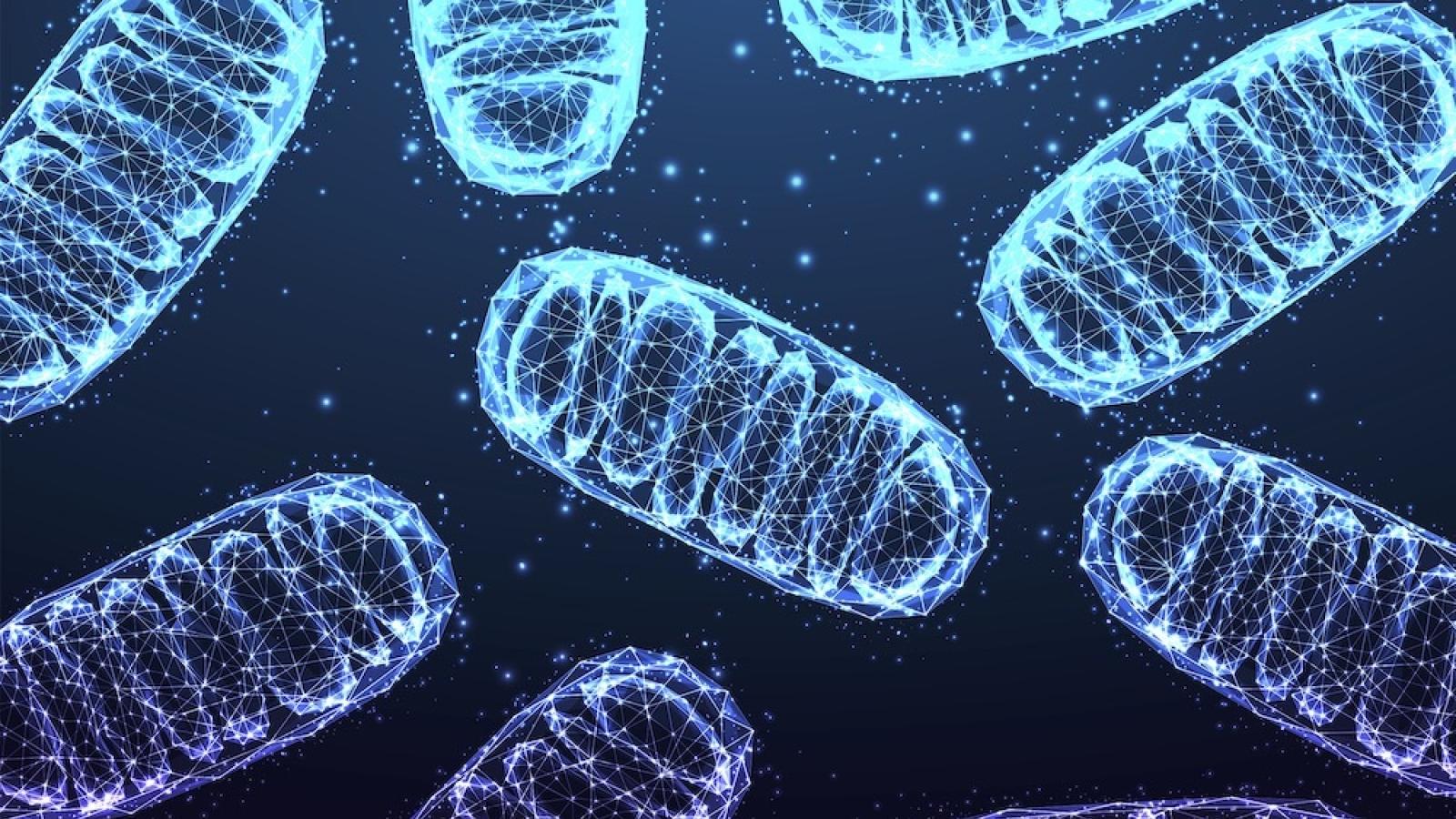Two common types of gene mutation in amyotrophic lateral sclerosis (ALS) have been linked to dysfunction in mitochondria, a part of the cell responsible for supplying energy. This collaborative study between the research groups of Dr Marc-David Ruepp (UK DRI at King’s) and Prof Eva Hedlund (Stockholm University), led by Dr Christoph Schweingruber and published in the journal Nature Communications, highlights a potential new direction for drug development.
What was the challenge?
Mutations in two genes called FUS and TARDBP are known to cause ALS, the most common motor neuron disease (MND). ALS is a life limiting condition which causes progressive muscle weakness and paralysis due to the loss of motor neurons in the brain and spinal cord.
Scientists do not yet understand how FUS and TARDBP mutations cause motor neurons to die, while sparing other types of neurons.
What did the team do and what did they find?
To explore this, the researchers performed single-cell RNA sequencing, a technique that provides a detailed view of gene expression within individual cells. They created induced pluripotent stem cells that harbour specific ALS-related mutations in FUS and TARDBP and differentiated them to neurons. Then they compared individual motor neurons, with another type of neurons known as interneurons which are spared in ALS. The team found that the motor neurons were much more susceptible to the effects of the mutations.
They compared the effects of different types of FUS mutations on motor neurons and found that about 20% of the abnormal changes in gene activity are shared across different mutations. About half of these shared changes were due to ‘gain-of-function’ mutations, where the mutated protein is not just losing its normal function because it is in the wrong place in the cell, but actually becomes toxic.
Most of the changes that were shared across mutations in ALS genes were linked to problems with mitochondria, which produce the cell’s energy. These mitochondrial issues were also seen in cells with TARDBP mutations and in cells taken from people with ALS who had another common mutation: C9orf72. Motor neurons are among the largest cells in the human body and mitochondria need to distribute properly into all their parts. The researchers observed that movement of mitochondria within motor neurons was reduced in ALS mutations, even when the mutated FUS protein was in the right place within the cell.
Our study underscores that motor neurons are more susceptible to ALS-causing mutations than closely related interneurons even at a cellular level and this may shed some light on the differential vulnerability of neurons to degeneration.
Group Leader
What is the impact?
This suggests that dysfunction in mitochondria may be anearly and common event in ALS, that is shared across different gene mutations. This could be a possible target for future treatments irrespective of genetic cause of disease.
Dr Schweingruber said:
“The impairment in the movement of mitochondria occur very early in our cellular models of motor neurons. It is crucial that we understand how these defects arise.”
Prof Hedlund said:
“We are now trying to understand how these early errors occur in the sensitive motor neurons in ALS, and how it affects energy levels in the cells and their communication and necessary contacts with muscle fibers. We believe that these are important keys to the understanding of why the synapses between motor neurons and muscles is broken in ALS and also to identify new targets for therapies.”
Dr Ruepp outlines his lab's research, investigating what leads to the death of motor neurons in MND/ALS.
Find out more about the Ruepp Lab
Reference: Schweingruber, C., Nijssen, J., Mechtersheimer, J. et al. Single-cell RNA-sequencing reveals early mitochondrial dysfunction unique to motor neurons shared across FUS- and TARDBP-ALS. Nat Commun 16, 4633 (2025). https://doi.org/10.1038/s41467-025-59679-1
Banner image: Shutterstock/Inkoly
